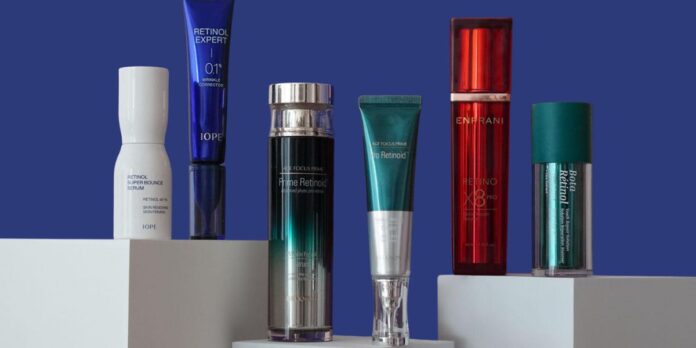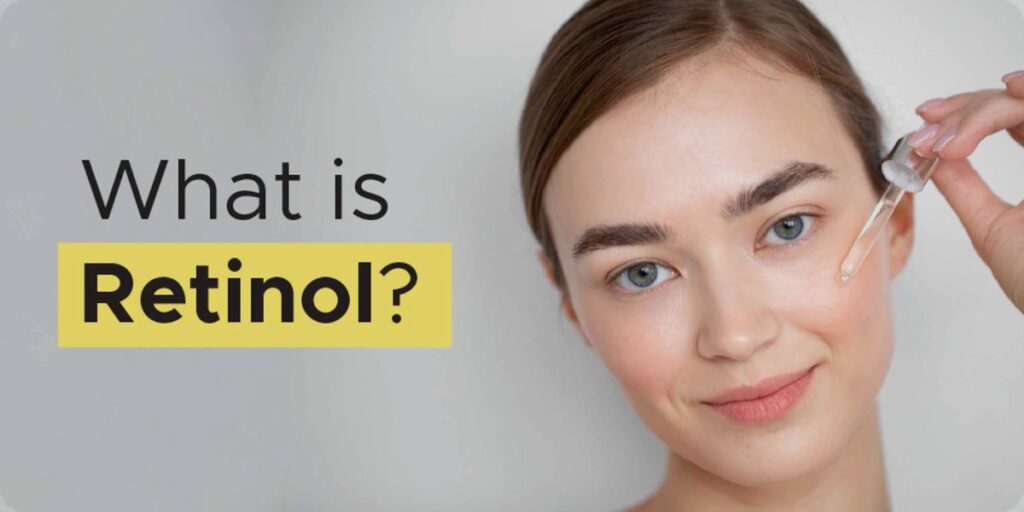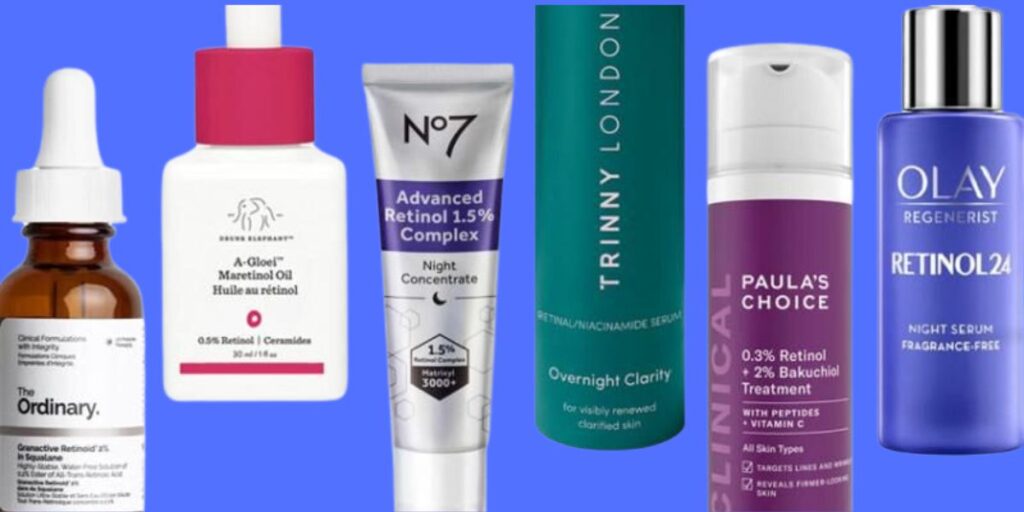Retinol, a form of vitamin A, has been hailed as one of the most effective ingredients in skincare. From reducing wrinkles to treating acne, retinol is a powerhouse in anti-aging and skin rejuvenation. If you’re new to retinol, the thought of incorporating it into your skincare routine might seem daunting. Fear not! This guide will break down everything you need to know about retinol skincare for beginners—how to use it, what to expect, and how to get the best results.
What Is Retinol?
Retinol belongs to a group of compounds called retinoids, which are derived from vitamin A. It works by speeding up cell turnover, which means it helps your skin shed dead cells more efficiently. As a result, new, healthy skin cells are revealed, leading to a brighter, smoother complexion. Over time, retinol can help minimize fine lines, even out skin tone, reduce acne, and improve the overall texture of the skin.
Retinol has various strengths and forms, ranging from over-the-counter (OTC) products to prescription-strength formulations. As a beginner, it’s best to start with a lower concentration to allow your skin to adjust and avoid irritation.
Why Should You Use Retinol?
There are several benefits to using retinol, making it a go-to product for many skincare enthusiasts:
- Anti-aging properties: Retinol stimulates collagen production, which helps reduce the appearance of fine lines and wrinkles. This makes it an essential ingredient in any anti-aging routine.
- Acne treatment: By unclogging pores and promoting faster cell turnover, retinol is an excellent acne treatment. It can prevent future breakouts while fading acne scars over time.
- Brightens skin: Retinol helps diminish dark spots and hyperpigmentation by encouraging the shedding of old, discolored skin cells and revealing newer, brighter skin.
- Refines texture: Regular use of retinol can smooth out rough patches, giving your skin a soft and supple feel.
How to Introduce Retinol into Your Skincare Routine
When using retinol for the first time, less is more. Here’s how to incorporate it safely into your skincare regimen:
- Start slow: If you’re new to retinol, begin with a product that contains a low concentration, such as 0.25% or 0.5%. Use it once or twice a week, and gradually increase the frequency as your skin builds tolerance.
- Apply at night: Retinol makes the skin more sensitive to sunlight, so it’s best to apply it in the evening. Always follow up with a broad-spectrum sunscreen during the day to protect your skin.
- Use a pea-sized amount: A little retinol goes a long way. Use only a pea-sized amount for your entire face, applying it after cleansing and before moisturizing. Avoid the sensitive areas around your eyes and mouth unless the product is specifically formulated for those areas.
- Moisturize: Retinol can be drying, especially in the beginning. To minimize irritation, apply a moisturizer afterward. Some people prefer to mix retinol with their moisturizer to buffer its strength.
- Don’t mix with certain ingredients: Avoid combining retinol with other potentially irritating ingredients like alpha hydroxy acids (AHAs), beta hydroxy acids (BHAs), or benzoyl peroxide. These can exacerbate dryness and irritation.
What to Expect When Using Retinol
It’s important to manage your expectations when using retinol. While it can work wonders, it takes time for noticeable results to appear. Here’s what you can expect:
- Initial irritation: When you first start using retinol, your skin might become red, dry, or flaky. This is commonly referred to as the “retinol uglies” or the purging phase. It’s temporary, and your skin will adjust over time.
- Gradual results: It may take 8 to 12 weeks before you start to see visible changes in your skin. Consistency is key, so be patient and stick with your routine.
- Sun sensitivity: As mentioned earlier, retinol makes your skin more sensitive to the sun, so it’s crucial to wear SPF every day.
Choosing the Right Retinol Product for Beginners
When selecting a retinol product, it’s important to choose one suited for your skin type and concerns. Here are some beginner-friendly retinol options:
- The Ordinary Retinol 0.2% in Squalane: A great starting point for beginners, this product contains a low concentration of retinol in a hydrating squalane base, making it gentle on the skin.
- CeraVe Resurfacing Retinol Serum: Perfect for sensitive skin, this serum combines retinol with soothing niacinamide and ceramides to repair the skin barrier while targeting acne marks and uneven texture.
- Neutrogena Rapid Wrinkle Repair Retinol Oil: If you’re looking for anti-aging benefits, this oil-based retinol formulation delivers visible results while being gentle enough for beginners.
- La Roche-Posay Redermic R Retinol Cream: This retinol cream is a good option for those with sensitive or dry skin. It contains a moderate concentration of retinol and is paired with soothing ingredients to reduce irritation.
- Olay Regenerist Retinol24 Night Moisturizer: This all-in-one product combines retinol with a rich moisturizer, making it easy to incorporate into your nightly routine without needing additional hydration products.
Final Tips for Retinol Beginners
- Stay consistent: Retinol requires time and regular use for the best results. Be consistent with your routine and don’t give up if you don’t see immediate changes.
- Listen to your skin: If you experience excessive dryness, irritation, or flakiness, cut back on how often you’re using retinol. You can also opt for a lower concentration or buffer it with a moisturizer.
- Sunscreen is non-negotiable: Since retinol makes your skin more vulnerable to UV rays, using sunscreen during the day is essential.
Conclusion:
In conclusion, retinol can be a game-changer for your skincare routine, offering a range of benefits from anti-aging to acne control. For beginners, it’s important to start slow, be patient, and choose the right product for your skin type. Once your skin adjusts, you’ll be on your way to a smoother, brighter, and healthier complexion.





